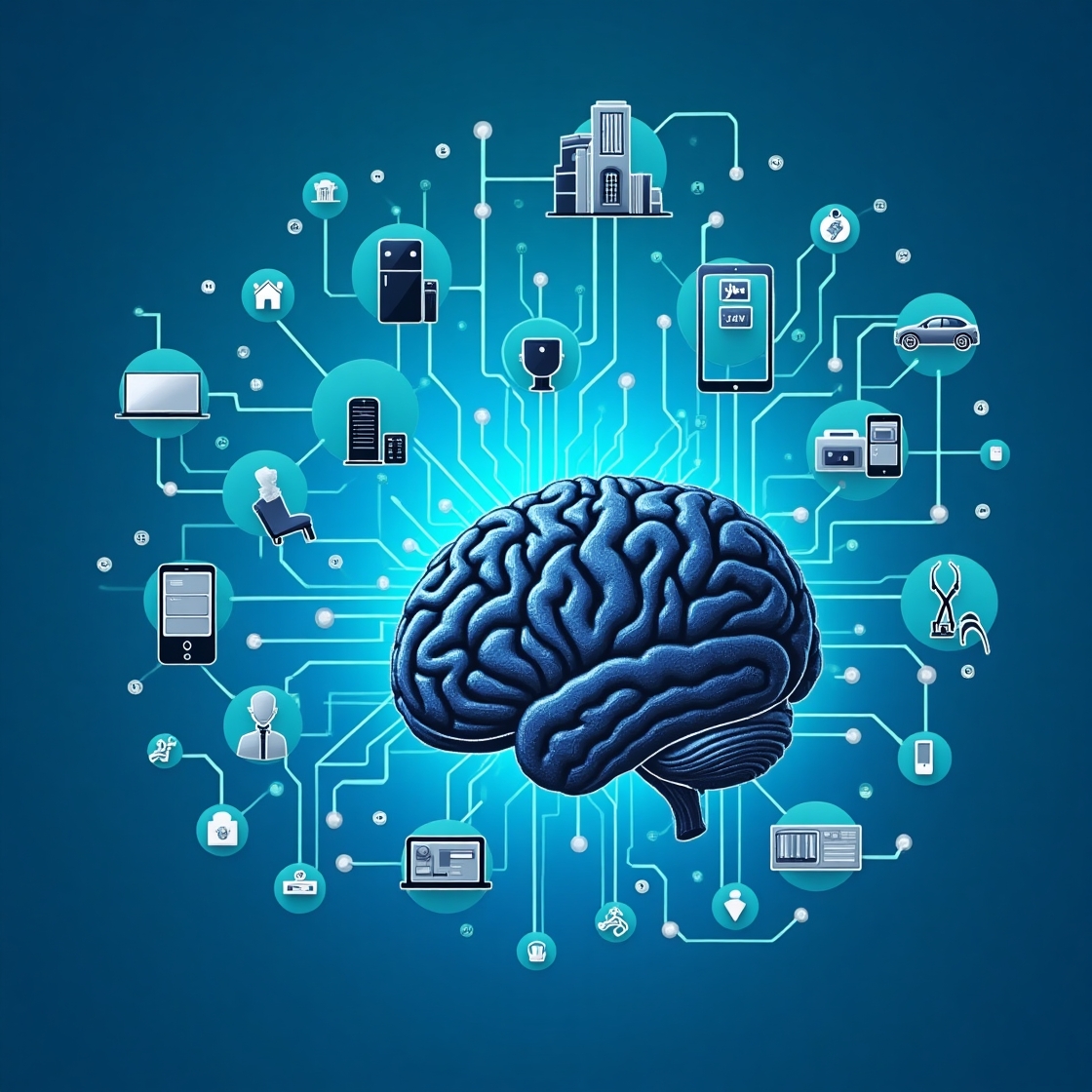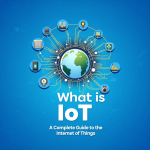Characteristics of IoT (Internet of Things)
The Internet of Things (IoT) is transforming the way we interact with technology, connecting devices, sensors, and systems to automate tasks and enhance efficiency. IoT has various characteristics that define its functionality and capabilities, making it one of the most significant technological advancements in recent years. In this blog, we will explore the essential characteristics of IoT and their importance.
1. Connectivity
Connectivity is a fundamental characteristic of IoT. Devices, sensors, and applications are connected through the internet, enabling seamless communication between them. IoT uses various communication protocols such as Wi-Fi, Bluetooth, Zigbee, LPWAN, and cellular networks (4G, 5G) to facilitate data transfer. This interconnectivity allows real-time monitoring and automation of tasks.
2. Sensing and Data Collection
IoT devices are equipped with sensors that collect data from their surroundings. These sensors can detect temperature, humidity, motion, light, sound, and many other parameters. The gathered data is processed and analyzed to make informed decisions, improving operational efficiency in various industries such as healthcare, agriculture, and smart homes.
3. Scalability
One of the most crucial characteristics of IoT is its ability to scale. With billions of devices connected worldwide, IoT systems must handle massive amounts of data efficiently. Scalability ensures that as more devices are added, the system remains stable and continues to function optimally. Cloud computing and edge computing play a vital role in managing IoT scalability.
4. Security and Privacy
Since IoT involves the exchange of sensitive data, security and privacy are critical concerns. IoT devices are vulnerable to cyber threats such as hacking, data breaches, and unauthorized access. Secure authentication mechanisms, encryption techniques, and regular software updates help mitigate security risks and protect user data from potential threats.
5. Automation and Intelligence
IoT enables automation through artificial intelligence (AI) and machine learning (ML). Devices can analyze data, recognize patterns, and make autonomous decisions without human intervention. For example, smart thermostats adjust room temperatures based on user preferences, and industrial machines predict maintenance needs to avoid failures.
6. Real-Time Processing
IoT systems process data in real time to provide immediate insights and actions. This characteristic is particularly important in applications like smart healthcare, where real-time monitoring of patients’ vital signs can save lives. Similarly, in smart transportation, real-time traffic updates help optimize routes and reduce congestion.
7. Energy Efficiency
IoT devices are designed to be energy-efficient, as many of them operate on battery power. Low-power communication protocols such as Zigbee and LoRaWAN are used to minimize energy consumption. Energy harvesting technologies, like solar panels and kinetic energy, are also integrated into IoT systems to extend battery life and reduce power dependency.
8. Interoperability
IoT devices come from different manufacturers and use various protocols, making interoperability a key characteristic. Standardization and compatibility ensure that different IoT systems can communicate seamlessly. Protocols like MQTT, CoAP, and HTTP facilitate interoperability, allowing devices to work together efficiently.
9. Remote Accessibility
IoT allows users to monitor and control devices remotely. Smart home systems, for example, enable users to adjust lighting, security cameras, and thermostats from their smartphones. Remote accessibility improves convenience, efficiency, and safety, especially in industrial applications where machines need to be monitored from distant locations.
10. Cost-Effectiveness
IoT reduces operational costs by improving efficiency and automation. Businesses can save money on maintenance, energy, and labor by leveraging IoT technology. For instance, predictive maintenance in manufacturing prevents costly breakdowns, and smart energy management reduces electricity bills.
Conclusion
The Internet of Things is a game-changer, revolutionizing industries by providing intelligent connectivity, automation, and data-driven insights. Its characteristics, such as connectivity, real-time processing, scalability, security, and remote accessibility, make it a powerful tool for innovation. As IoT continues to evolve, it will further integrate into our daily lives, making technology smarter and more efficient.



